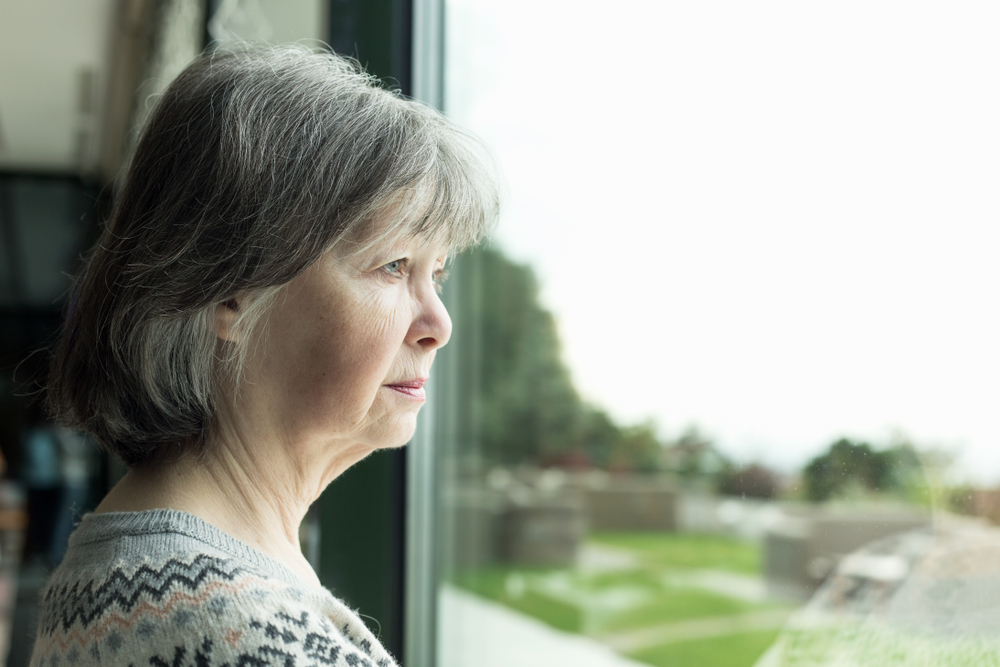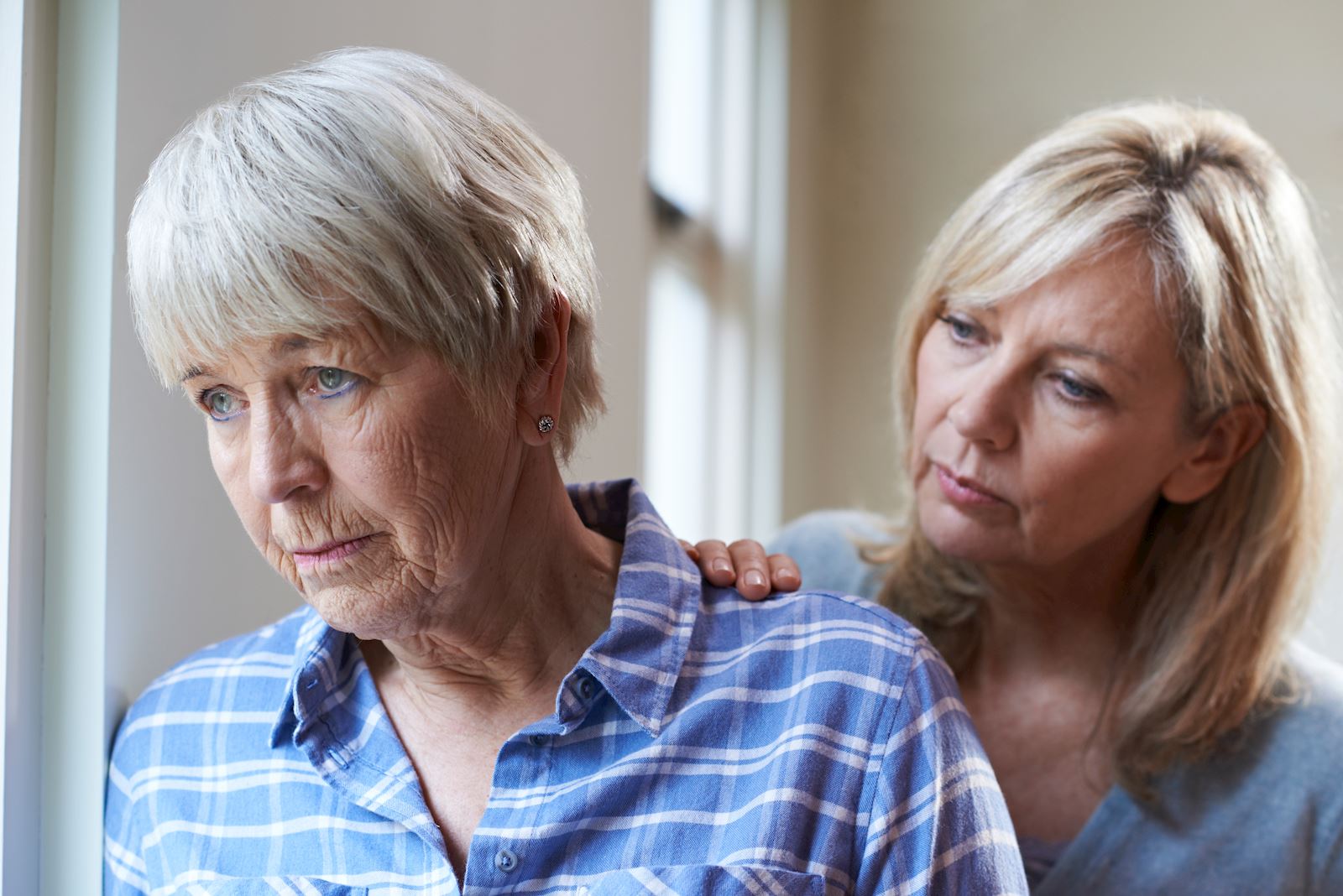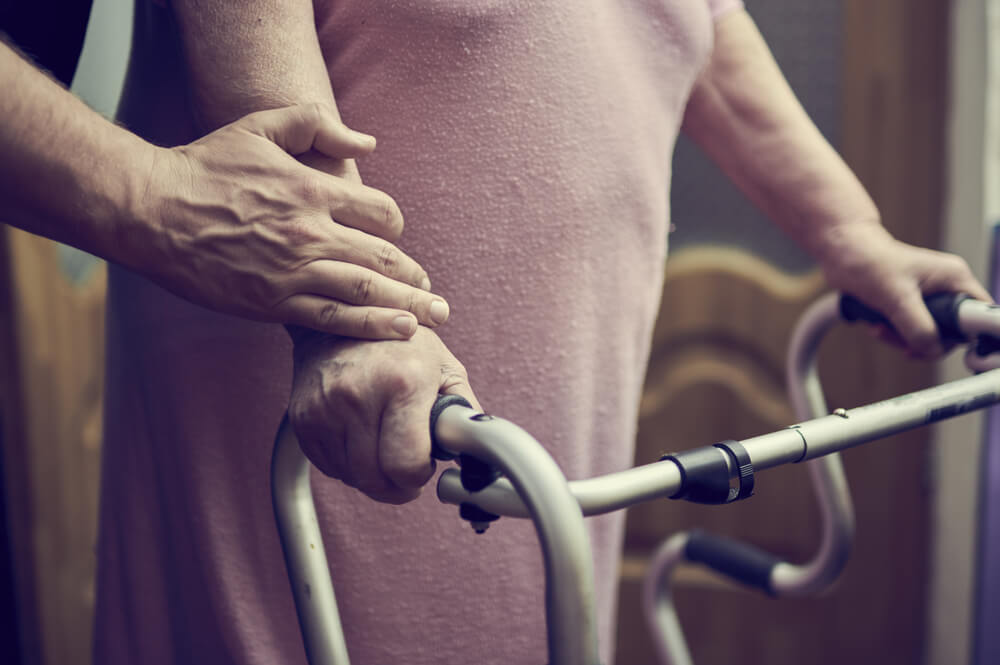According to the National Council on Aging 27% of adults in America who are 60 years old or older were living alone in 2020. The study also reveals that as people get older, more choose to live alone.
A University of Michigan National Poll on Healthy Aging study sheds more light on the implications of living alone as we get older. Almost 37% of Americans aged 50-80 years old experienced loneliness and of that group, 34% reported feelings of social isolation. While these statistics may not be surprising, the issue of senior isolation and loneliness is concerning.
What is senior isolation?
Isolation is different than loneliness, which is feeling separate and alone from others. Social isolation is lacking social contacts or not having many people to interact with on a regular basis. Senior isolation is when older people are forced to age alone by circumstances rather than by choice.
Reasons for senior isolation can include the loss of family and friends, chronic illness and hearing loss. Whether it’s your aging parents, an elderly aunt or your neighbor down the street, seniors can feel isolated and socially removed with no opportunity to engage in their community.
Isolation brings with it serious repercussions on a person’s physical and mental health. Studies have found that social isolation:
- Increases the risk of high blood pressure, heart disease, obesity, anxiety, depression and cognitive decline
- Is a substantial risk for dementia in older adults
- Can increase the risk of mortality by 50% which is higher than the risks posed by air pollution, obesity and excessive alcohol use
What are the signs of senior isolation?
Symptoms to keep watch on include:
- Changes in appetite and/or weight. While eating less as we age is normal behavior, a dramatic drop in appetite could signify feelings of loneliness. Be mindful of rapid changes in weight and/or appetite.
- Sleep disturbances. Loneliness may cause erratic sleep. Lack of exercise and increased anxiety can aggravate sleeplessness. If someone is sleeping too much or is sleeping at odd hours of the day, it could be a sign of social isolation.
- Social isolation/withdrawal. When people veer from their typical social engagements or suddenly lose interest in things that used to stimulate them, they may be experiencing social isolation.
- Feeling worthless or guilty. Individuals who have become less self-sufficient may express feelings of worthlessness, helplessness or being a burden to others.
Are there resources for help with senior isolation?
- Eldercare Locator is the U.S. Administration on Aging public service that connects older adults and their families with services ranging from caregiving to transportation.
- National Council on Aging (NCOA) offers services, resources and initiatives to improve the lives of older Americans.
- National Institute on Aging (NIA) is a division of the U.S. National Institutes of Health (NIH) that leads the federal government’s efforts on aging and the health and well-being of older people. It provides materials on social isolation and loneliness for older adults, caregivers and health care providers.
Mom’s Meals® can help
It is our mission to improve life through better nutrition at home. With delicious home-delivered meals, we make it easy and convenient for people to get the nutrition they need to help them live independently and stay healthy. We offer more than 60 meal choices and nine condition-specific menus to support people living with chronic conditions including heart disease and diabetes.
Our compassionate customer care team plays a critical role in engaging with our customers regularly. From providing assistance and taking meal orders to ensuring meal satisfaction and making friendly conversation, we treat customers like they are part of our family. Our delivery drivers are also creating a much-needed human connection with our customers every day — whether it’s a smile and a wave “hello” or a deeper conversation.



